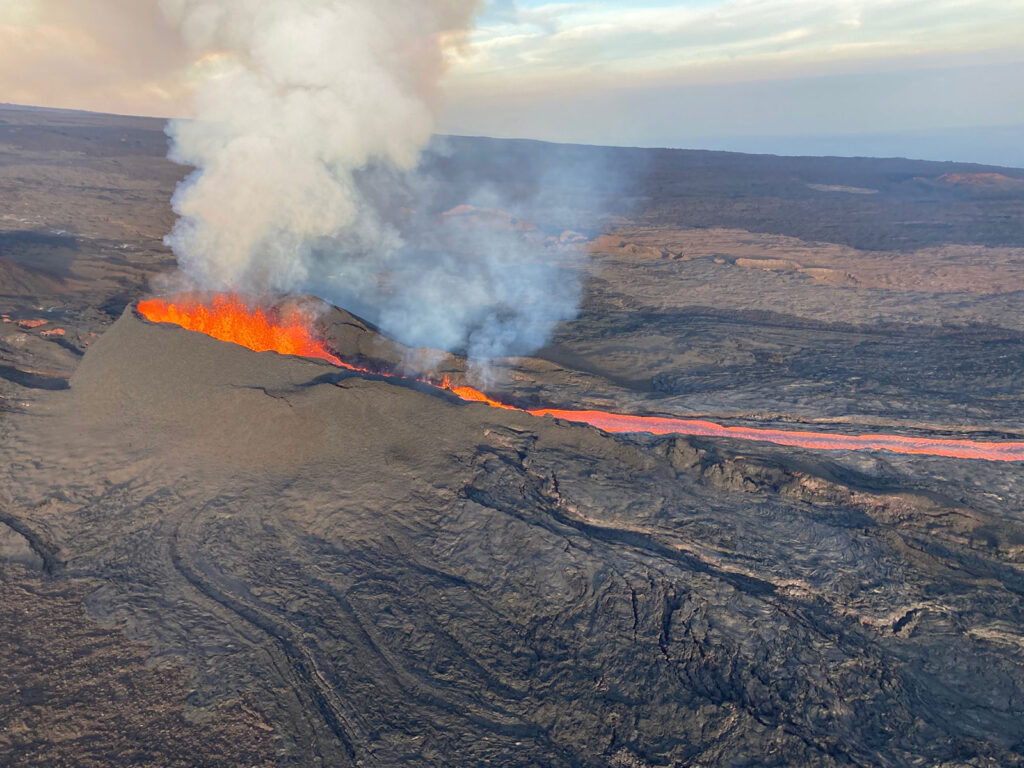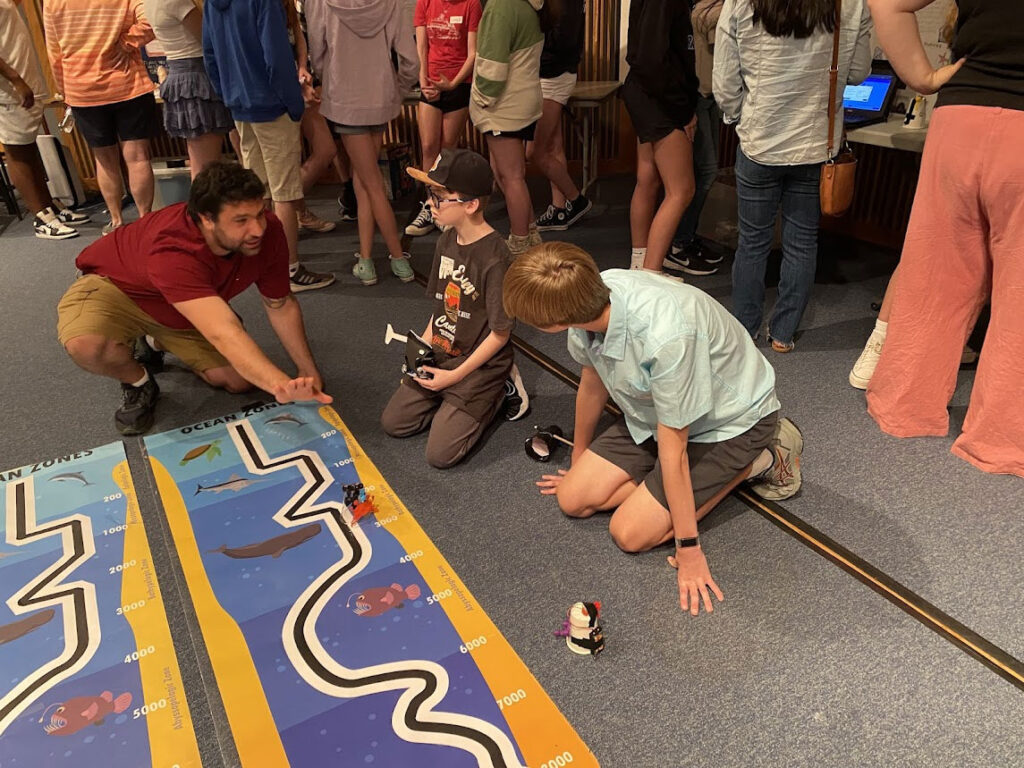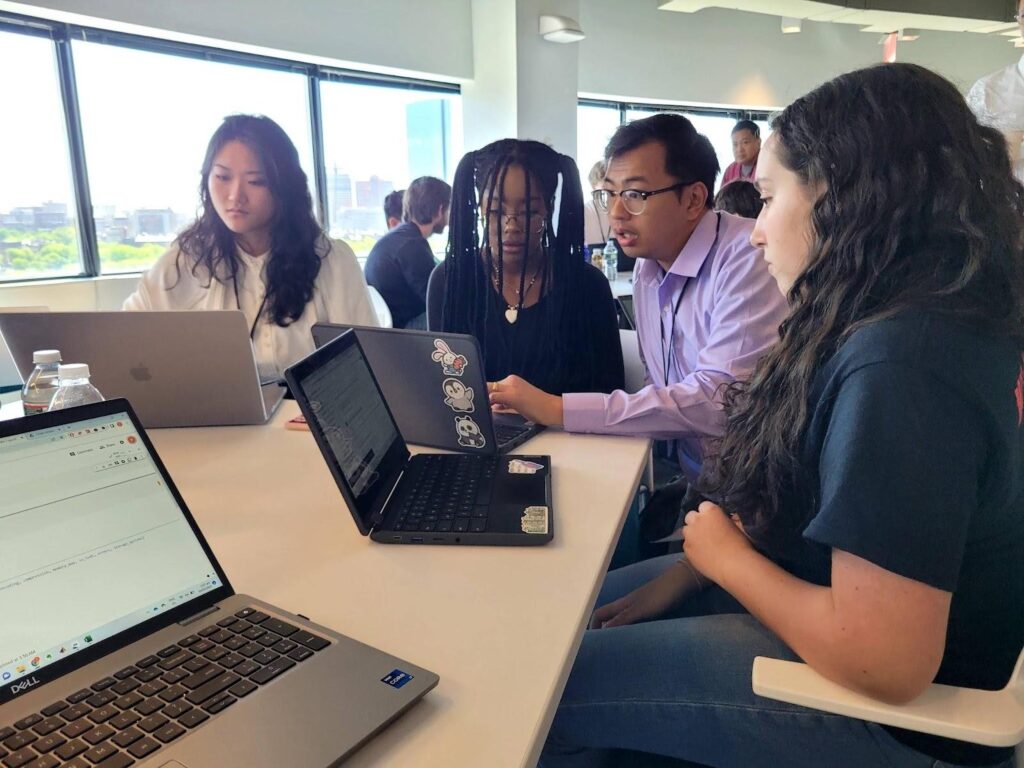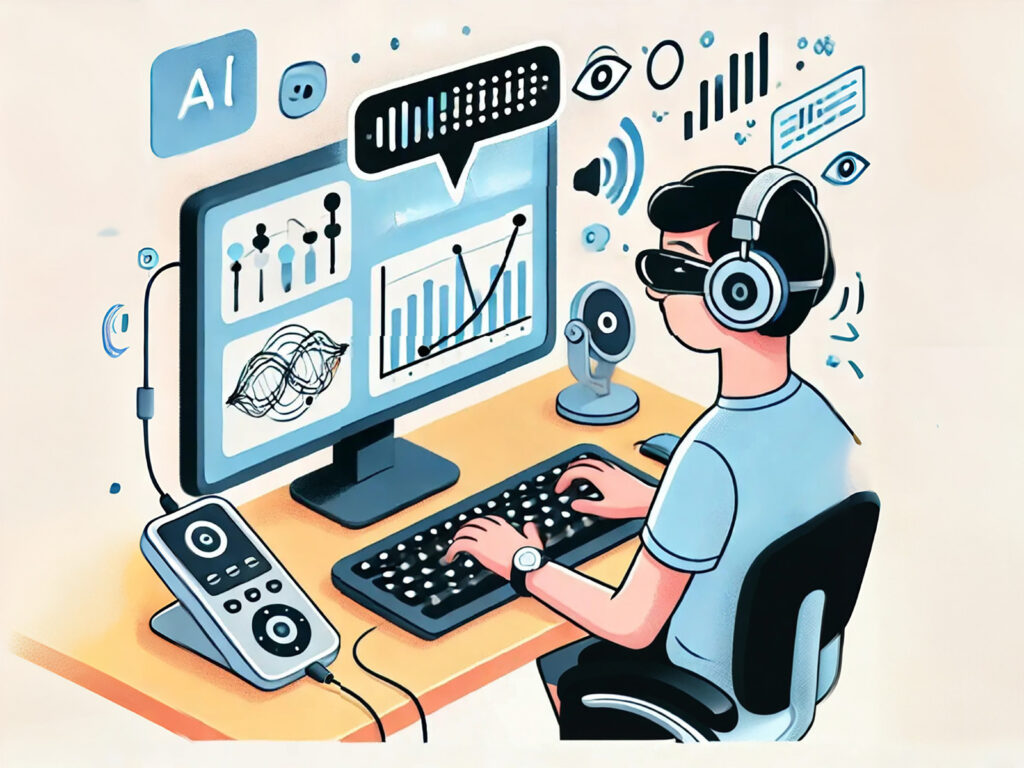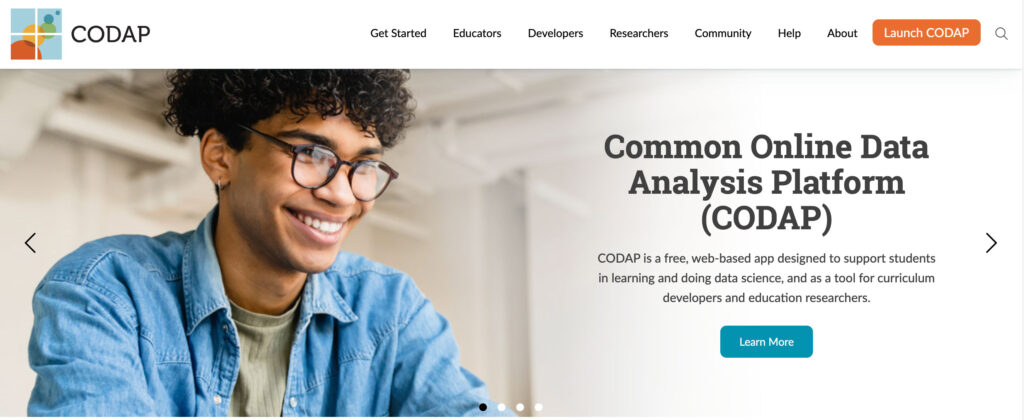Category: Blog
Hawaiʻi’s iconic volcanoes have shaped its islands, culture, and communities for centuries. From the breathtaking eruptions of Mauna Loa to the challenges of living with air pollution caused by the eruptions (known as “vog”), volcanic activity is an intrinsic part of life in Hawaiʻi. What if students could harness computational tools to better understand volcanic […]
Engaging a research-practice partnership that will bring together oral histories, block coding, and simulations in the development of a locally relevant, culturally enriched curriculum that meets Hawaii’s ambitious computer science education goals.
A number of innovative projects at the Concord Consortium are helping students develop AI literacy, converse and collaborate with AI, and use AI as a learning and communications tool. We’re helping students develop AI literacy and interest in AI-related careers. We’re partnering with the University of Florida, Texas Tech University, WestEd, and Florida Virtual School […]
This project is developing three experiential Ocean Twilight Zone learning activities that integrate cutting-edge authentic marine science content with real-world datasets, robotics, coding, engineering design thinking, and collaboration.
We’re developing an innovative curriculum and datathon aimed at preparing women and minorities to become engineers, researchers, and healthcare professionals who write algorithms, design research methods, and collect data, ultimately reducing bias in AI and medical databases.
Harnessing the power of AI to enhance student learning
We are addressing the critical need for accessible data science tools in K-12 education by developing a plugin for CODAP that will utilize an AI-powered assistant to facilitate sensemaking with data for blind and low-vision students.
We are working to develop the CODAP ecosystem by engaging user communities, refining development infrastructure, establishing effective governance models, and exploring sustainability options to ensure CODAP’s future.
In collaboration with the University of Florida, Texas Tech University, WestEd, and Florida Virtual School, this project is developing and researching a supplemental program for students to explore AI concepts in connection with their math course.
Jacob Sagrans is Senior Research Associate at Tumblehome, Inc., and a consultant on data science projects. We are excited to announce that CODAP now has a new website! Special thanks go to Doubleberry for designing this beautiful site. We encourage you to explore the many enhanced resources the CODAP website now offers. As part of […]

